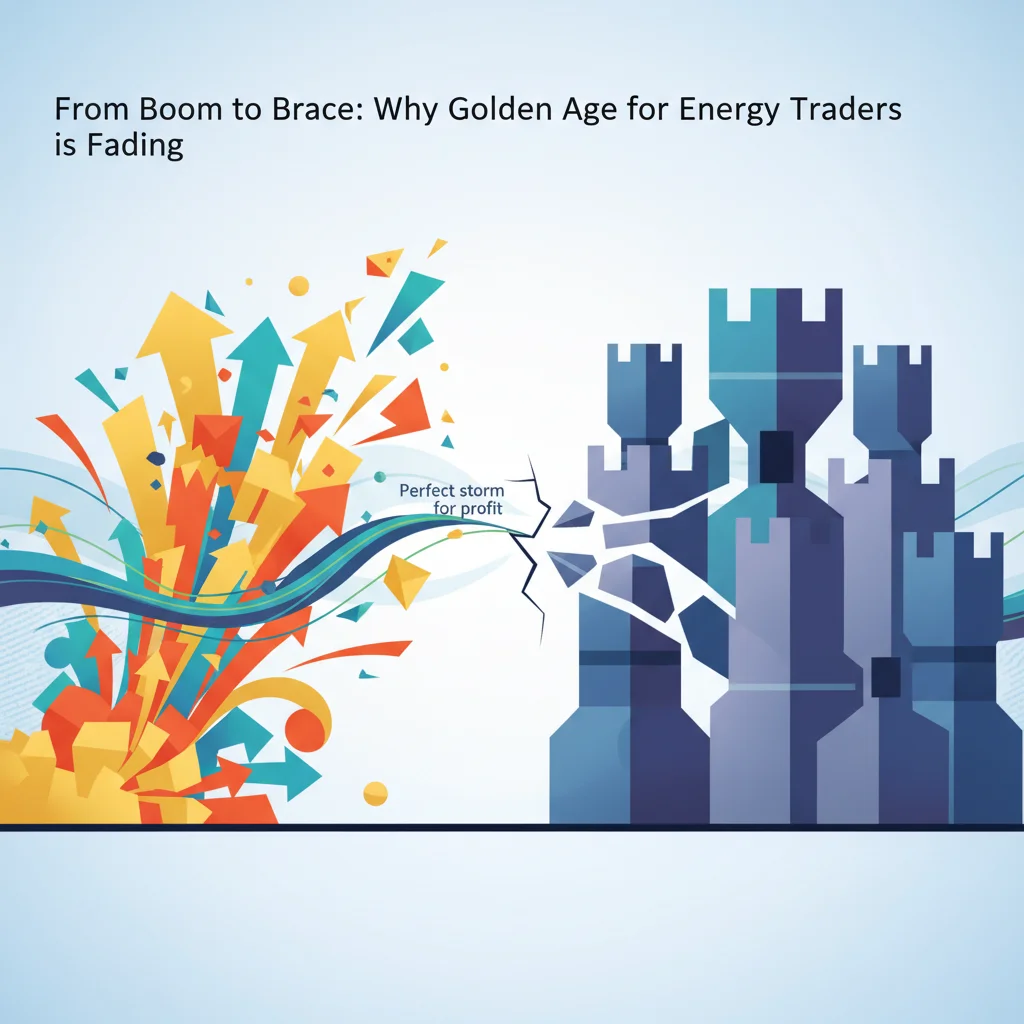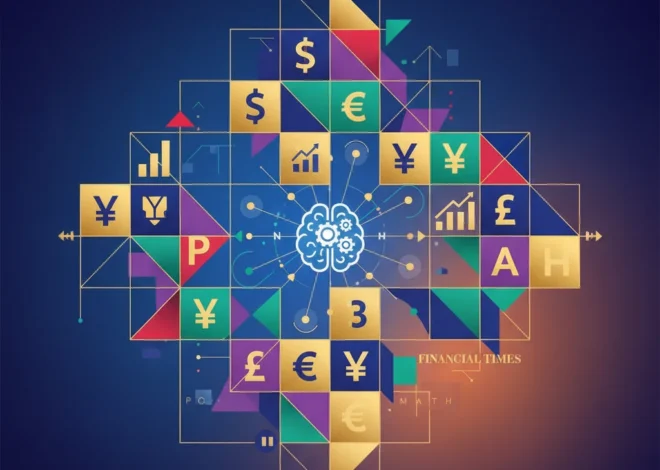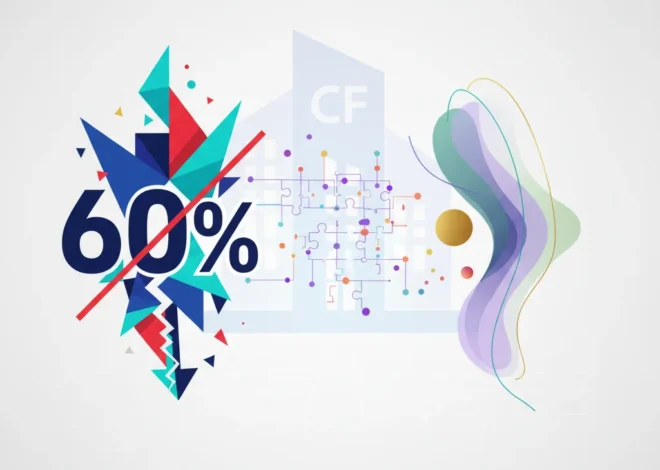
From Boom to Brace: Why the Golden Age for Energy Traders is Fading
The Roar of 2022: A Perfect Storm for Profit
Just a short time ago, the world of commodities trading was experiencing a gold rush of epic proportions. The year 2022 will be etched in the annals of financial history as a period of unprecedented turmoil and, for a select few, astronomical profit. Giants of the industry—Vitol, Gunvor, and Trafigura—navigated the chaotic waves of the global energy crisis to post eye-watering returns. Vitol, the world’s largest independent oil trader, shattered records with a staggering $15.1 billion in net profit, a figure that dwarfed the earnings of many blue-chip corporations.
This windfall was not a matter of luck but a direct result of extreme market volatility. Russia’s full-scale invasion of Ukraine sent shockwaves through the global economy, severing long-established energy supply chains and creating massive price dislocations. As nations scrambled to secure oil and gas, prices swung wildly, creating the perfect environment for traders who thrive on such instability. Their business is not just buying and selling; it’s about managing logistics, risk, and arbitrage opportunities that appear when the price of a commodity in one location drastically differs from another. In 2022, those opportunities were everywhere.
But the storm has passed. The wild waves have flattened into a gentle swell, and the commodity trading houses are now bracing for a new, more challenging reality. The era of “easy money” is over, replaced by a return to a market defined by fundamentals, fierce competition, and significantly smaller rewards.
The Great Normalization: When Stability Squeezes Margins
The conditions that fueled 2022’s record profits have largely dissipated. Europe successfully navigated two consecutive mild winters, allowing it to build up substantial natural gas reserves. Global supply chains have rerouted and adapted. The panic has subsided, and with it, the extreme price volatility that traders capitalized on. This return to normalcy, while beneficial for the global economy and consumers, presents a formidable headwind for the trading titans.
The impact is already clear in their recent financial disclosures. After the historic highs of 2022, performance in 2023 and early 2024 reflects a starkly different market. While still immensely profitable by any normal standard, the numbers signal a distinct downward trend.
Here’s a snapshot of how the changing market conditions have impacted the major players, illustrating the shift from the exceptional year of 2022 to the more normalized environment of 2023.
| Trading House | 2022 Net Profit/Income | 2023 Net Profit/Income | Commentary |
|---|---|---|---|
| Vitol | $15.1 Billion | $13 Billion (est.) | Still a historically strong year, but a notable decline from the 2022 peak. |
| Trafigura | $7 Billion (FY to Sept) | $7.2 Billion (FY to Sept) | Profits were bolstered by a strong performance in its metals division, offsetting some of the slowdown in energy. |
| Gunvor | $2.36 Billion | $1.3 Billion | A significant drop, with the company explicitly stating that “the era of exceptional returns from gas and LNG trading is likely over” (source). |
As Torbjorn Tornqvist, the billionaire co-founder of Gunvor, succinctly put it, traders must now prepare for “smaller rewards.” This isn’t a crisis, but a fundamental reset of expectations. The game is no longer about riding a tidal wave of volatility; it’s about navigating the complex currents of a balanced market, where every basis point of margin is hard-fought.
The real story here is about adaptation. The key question is not whether these firms can survive, but how they will evolve. The energy transition looms large, promising new forms of volatility in power markets and critical minerals. Geopolitical tensions in the Middle East and elsewhere could reignite price swings at a moment’s notice. The smartest players aren’t just lamenting the loss of 2022’s conditions; they’re using their massive cash reserves to invest in new markets, advanced financial technology (fintech), and the infrastructure that will define the next era of energy trading. This isn’t the end of an era, but the challenging start of a new one.
Strategic Pivots: Charting a Course in Calmer Waters
With the primary engine of recent profits sputtering, commodity traders are not standing still. They are actively re-calibrating their strategies, diversifying their portfolios, and sharpening their technological edge to compete in a lower-margin world.
1. Diversification Beyond Traditional Energy
The most significant shift is the aggressive push into new sectors. While oil and gas remain core, the focus is expanding:
- Power and Renewables: Trading electricity, carbon credits, and renewable energy certificates is becoming a major focus. Power grids are inherently volatile due to the intermittent nature of wind and solar, creating new trading opportunities.
- Transition Metals: The global push for electrification requires vast amounts of copper, lithium, cobalt, and nickel. Trading houses are leveraging their logistical expertise to build dominant positions in these critical mineral markets, as seen in Trafigura’s strong metals performance.
- Liquefied Natural Gas (LNG): While the extreme arbitrage of 2022 has faded, LNG remains a key global commodity. Traders are investing heavily in long-term contracts and infrastructure to control a larger share of this market, which serves as a crucial bridge fuel.
2. The Fintech Arms Race
When margins are thin, efficiency and speed are paramount. This has ignited an arms race in fintech and data analytics. Traders are pouring billions into:
- Algorithmic Trading: Using complex algorithms to execute trades and identify fleeting arbitrage opportunities faster than any human can.
- Predictive Analytics: Employing AI and machine learning to analyze satellite imagery, weather patterns, and shipping data to predict supply and demand shifts.
- Blockchain and Digitalization: Exploring technologies like blockchain to streamline trade finance, improve transparency in the supply chain, and reduce transaction costs, revolutionizing the back-end of global banking and trade.
This technological push is transforming the industry from one based on personal relationships and intuition to one driven by data and computational power.
Implications for the Broader Market and Investors
The normalization of profits in the commodity trading world has ripple effects across the financial landscape. For investors, businesses, and the general public, this shift carries important implications.
For those engaged in investing in the energy sector or the broader stock market, the cooling-off period for traders suggests a more stable and predictable pricing environment. The wild price swings that contributed to rampant inflation are less likely, which can be a stabilizing force for the global economy. This stability allows businesses to plan more effectively and can ease pressure on consumer energy bills.
However, it also signals that the super-cycle profits for the energy sector may be moderating. Investors who piled into energy stocks to ride the wave of high prices may need to adjust their expectations. The focus now shifts from short-term gains driven by volatility to long-term value driven by operational efficiency, strategic investment in the energy transition, and market positioning.
Furthermore, the immense cash reserves accumulated by these trading houses make them formidable players in the market. They are now in a position to acquire assets, invest in new technologies, and potentially consolidate the industry, reshaping the competitive landscape for years to come.
Conclusion: A New Chapter in Global Trading
The bonanza of 2022 was a historic anomaly, a perfect storm that rained profits on the world’s top commodity traders. That storm has passed, and the industry is now navigating the calmer, but more complex, waters of a normalized market. The theme has shifted from reacting to chaos to proactively seeking out narrower opportunities through diversification, technological superiority, and strategic foresight.
While the rewards may be smaller, the stakes remain as high as ever. The firms that will succeed in this new environment will not be the ones longing for the volatility of the past, but those who can master the intricate dance of modern economics, finance, and technology to build resilient, diversified, and intelligent trading operations for the future.


